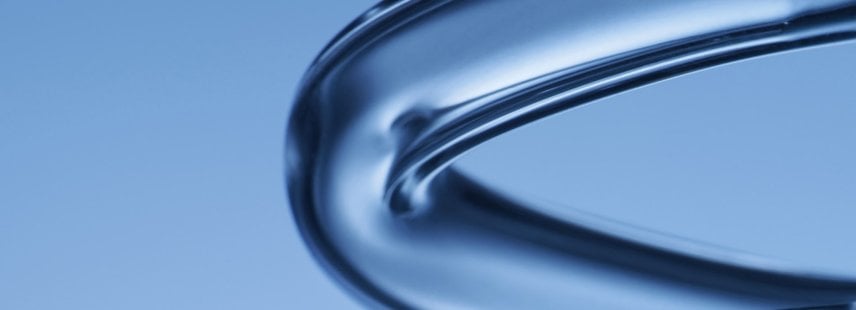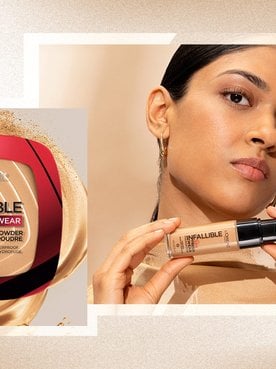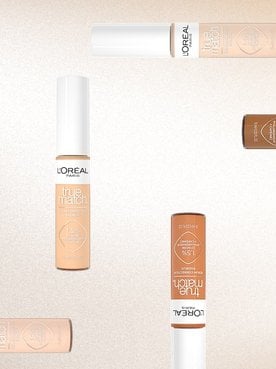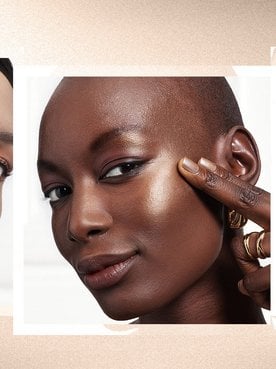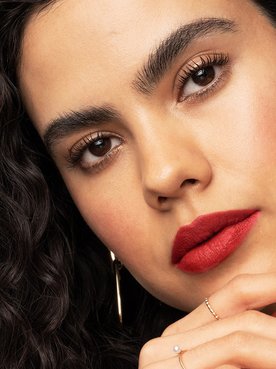Facial Cleanser Skincare Products FAQs
What Does Facial Cleanser Do?
A daily facial cleanser is a fundamental step in any skincare routine, designed to effectively remove accumulated dirt, excess oil, makeup, and environmental impurities from the skin's surface. These cleansing agents work by dissolving and lifting away unwanted particles, preventing them from settling into pores. By thoroughly clearing the skin, facial cleansers help prevent clogged pores, which can lead to breakouts and dullness, ultimately contributing to a smoother, clearer, and more radiant complexion. A good cleanser also creates a clean canvas, allowing subsequent skincare products like serums and moisturizers to penetrate more effectively and deliver their benefits optimally.
What Is the Difference between Facial Cleanser and Face Wash?
While often used interchangeably, "facial cleanser" is a broader term encompassing a variety of products designed to clean the skin, including milks, creams, gels, balms, and foams, while “face wash" typically refers to foaming or lathering cleansers that are rinsed off with water. Both are fundamentally designed to cleanse the skin, removing dirt, oil, makeup, and impurities that accumulate throughout the day. The primary difference lies in their texture and sometimes their application method. A facial cleanser can be a gentle, non-foaming cream ideal for dry or sensitive skin, while a face wash usually provides a deeper, refreshing cleanse for those with oily or combination skin.
How Often Should You Use a Facial Cleanser?
For optimal skin health, it's generally recommended to use a facial cleanser twice daily, once in the morning and once at night. In the morning, cleansing helps remove any oils or impurities that may have accumulated overnight, preparing your skin for the day's skincare products and makeup application. At night, face cleanser is important for removing makeup, dirt, pollutants, and excess oil from the day, allowing your skin to breathe and regenerate while you sleep. Additionally, it's advisable to cleanse your skin immediately after intense exercise to prevent sweat and bacteria from clogging pores and leading to breakouts. Always make cleansing the first step in your skincare routine. For more tips on facial cleansing, check out our guide to Facial Cleanser Do’s and Don’ts.
Who Should Use a Facial Cleanser?
Everyone, regardless of your skin type – whether dry, oily, combination, sensitive, or normal – should incorporate a daily facial cleanser into your routine. Cleansing is a fundamental step for maintaining healthy skin. It effectively removes accumulated dirt, excess oil, makeup, and environmental pollutants that can clog pores, lead to breakouts, and dull your complexion. By regularly cleansing, you ensure your skin remains clean, fresh, and receptive to the benefits of other skincare products, contributing to a healthier and more radiant appearance.
Is It Better to Use Hot or Cold Water When Cleansing Your Face?
When cleansing your face, it's best to use lukewarm water. Hot water can strip your skin of its natural oils, leading to dryness. Cold water, while helpful for reducing swelling, may not effectively loosen dirt and impurities. Lukewarm water is ideal because it helps open up pores gently, allowing your cleanser to work more effectively in removing dirt, oil, and makeup, without causing any undue stress or dehydration to your skin.
Should You Double Cleanse Your Face?
Double cleansing is not a must for everyone, but those who wear heavy makeup or sunscreen, or those with oily or acne-prone skin, may benefit from double cleansing. Double cleansing involves using two different types of cleansers to thoroughly clean your face. The first step typically uses an oil-based cleanser to dissolve oil-soluble impurities such as makeup, sunscreen, and excess sebum. This is followed by a water-based cleanser to remove any remaining residue, sweat, and dirt.
As mentioned above, this method is particularly beneficial for those who wear heavy makeup or sunscreen, as it ensures a deeper and more effective cleanse. While not necessary for everyone, double cleansing can significantly contribute to a clearer, healthier, and more radiant complexion, especially for oily or acne-prone skin types. However, those with dry or sensitive skin should usually stick to a singular gentle facial cleanser to avoid over-drying or irritating the skin.
Does Facial Cleanser Remove Makeup?
Yes, facial cleansers are designed to remove makeup, along with dirt, oil, and other impurities. Many cleansers are formulated to break down and lift away foundation, blush, and light eye makeup. However, their effectiveness varies when it comes to more stubborn cosmetics like waterproof mascara or long-wearing lipsticks. These formulas often contain ingredients that are resistant to standard facial cleansers. For thorough removal of such resilient makeup, we recommend using a dedicated makeup remover cleanser, which is specifically formulated to dissolve tough formulas. Using a facial cleanser and makeup remover combo product within your routine is another effective method to remove makeup. Alternatively, adopting the double cleansing method, starting with an oil-based cleanser, is another way to ensure all traces of makeup are fully removed.
Is It Better to Wash Your Face with a Washcloth or Your Hands?
It’s generally best to wash your face with clean hands rather than a washcloth. Washcloths can hold bacteria and may be too abrasive for delicate facial skin. Using your hands is a gentler approach and allows you to massage the cleanser into your skin.
How Do I Choose the Right Facial Cleanser for My Skin?
Choosing the right daily facial cleanser for you largely depends on your skin type:
•Oily/Acne-prone skin: Good facial cleansing products for oily or acne-prone skin include gel or foaming cleansers that control oil and target breakouts without over-drying. Look for ingredients like salicylic acid, which is found in the RevitaLift 3.5% Glycolic Acid Cleanser.
•Dry/Sensitive skin: Dry skin thrives with creamy, milky, or oil-based gentle facial cleansers that hydrate and soothe, avoiding harsh sulfates. We recommend RevitaLift Radiant Smoothing Cream Cleanser.
•Combination skin: Combination skin needs a balanced approach with a gentle foam or gel that cleanses without stripping dry areas. Consider following your facial cleanser with a facial toner like HydraFresh Toner.
•Normal skin: A gentle, pH-balanced face cleanser is always a good choice for any skin type. For all skin types, choose non-comedogenic products.
Next, consider your specific skin concerns:
•Redness: If you have redness, look for calming ingredients like those often found in facial toners.
•Anti-Aging: If you're concerned about aging and achieving more radiant, youthful skin, some cleansers offer gentle exfoliating properties, like our RevitaLift 3.5% Glycolic Acid Cleanser and RevitaLift Radiant Smoothing Cream Cleanser.
•Acne: Look for products with salicylic acid to combat acne, such as the RevitaLift 3.5% Glycolic Acid Cleanser.
A patch test is always a good idea to see how your skin reacts before fully incorporating a new product into your routine.
Where Can You Buy L'Oreal Paris Facial Cleansing Products?
You can purchase L’Oréal Paris face cleansers in-person at your local drugstore, at grocery chains, large retailers like Walmart and Target, or online through retailers like Amazon and Ulta Beauty. Click the “Buy Online” button on the face cleansers' individual pages to see where to purchase online, or use our Store Locator to find an in-store option to shop for cleanser for your face near you.
